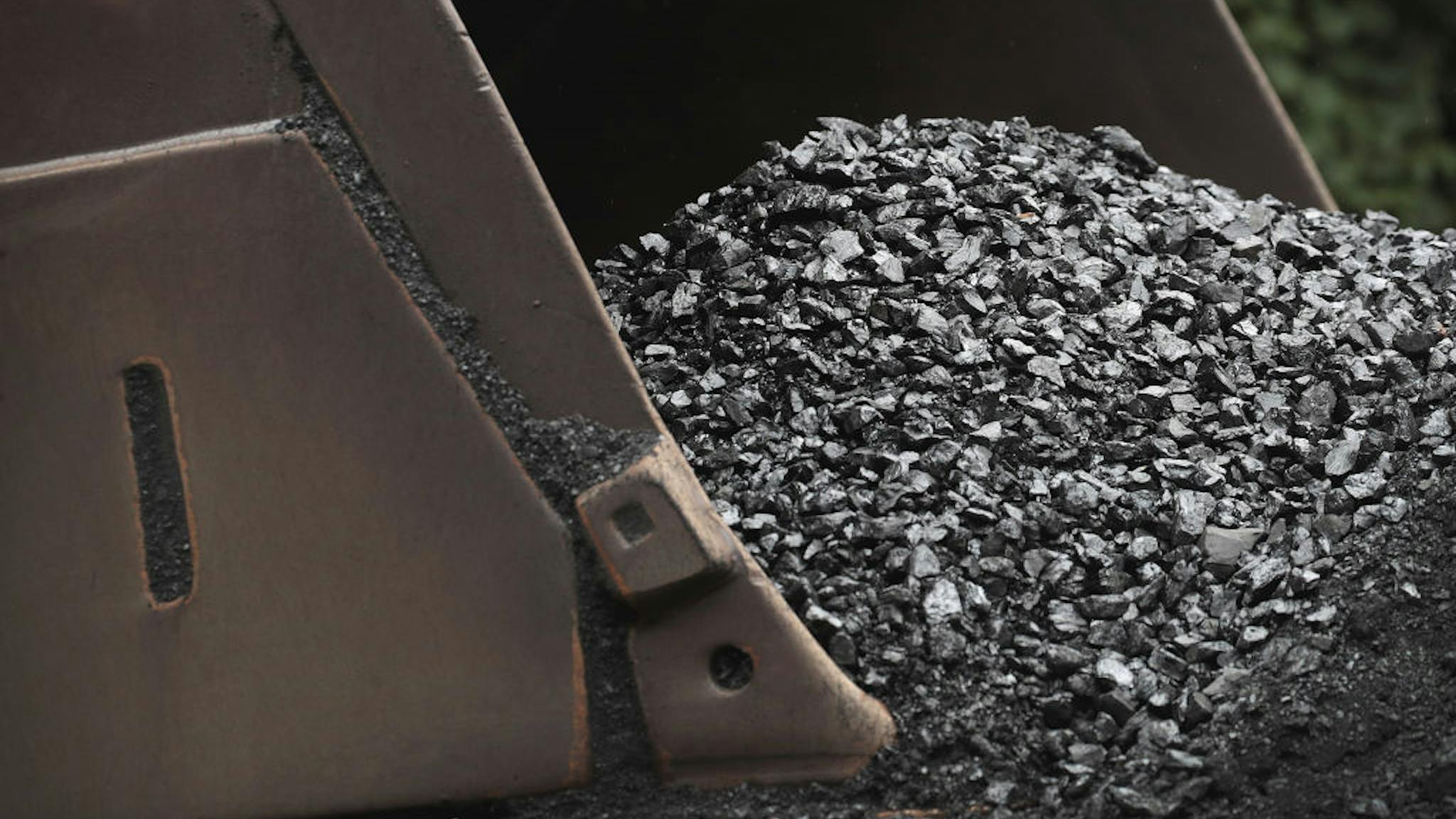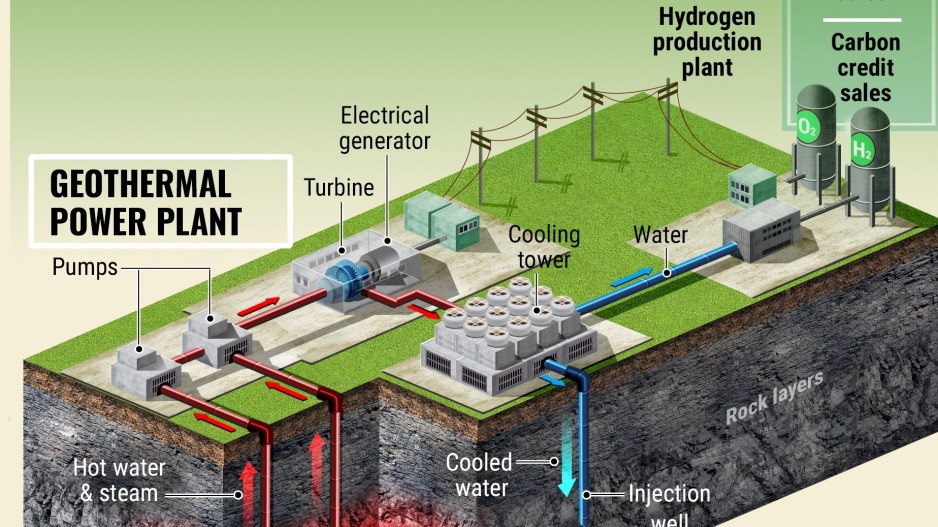By Joanna Thompson
Is this a "Planet of the Apes" situation?

Humans are pretty unique among life on Earth. As far as we know, we're the only living species to evolve a higher intelligence, wear clothes, cook our food, invent smartphones and then get locked out of them when we forget our passwords.
But what if humans suddenly went extinct? What other animals might evolve to have the smarts and skills to create large, complex societies like we have?
With modern gene-sequencing technology and our understanding of evolution, "we're pretty good at making short term predictions," Martha Reiskind, a molecular ecologist at North Carolina State University, told Live Science. For example, we can predict that if humans were to suddenly go extinct tomorrow, climate change would continue to drive many species toward drought resiliency in order to survive. Cold-specialized species will continue to struggle as well, meaning that, sadly, polar bears and penguins are unlikely to thrive in the millennia after humans are gone.
"A big thing will be the concept of convergence," Dougal Dixon, a geologist, science writer and author of the speculative book "After Man: A Zoology of the Future" (St. Martin's Press, 1998), told Live Science. Convergence is an evolutionary process by which two unrelated organisms end up developing similar traits in order to succeed in a particular environment or fill a particular niche.
The classic example, Dixon said, is the fish shape. With their sleek, torpedo-like bodies and stabilizing fins, fish are optimized for life in water. However, dolphins have evolved a very similar body plan — and unlike fish, they are warm-blooded, air-breathing mammals with a totally different evolutionary background.
One feature that makes humans uniquely good at building and spatial reasoning is our dexterous hands, according to research from the University of Manchester. In order to fill the same ecological role as humans — that is, building cities and heavily modifying our environment — another species would need to develop a similar capacity to manipulate objects. In other words, they would need opposable thumbs — or at least thumb equivalents.
Other primates, like chimpanzees (Pan troglodytes) and bonobos (Pan paniscus), our closest living relatives, already have opposable thumbs that they use to make tools in the wild. It's possible that if humans go extinct, these hominids might replace us hominins, à la "Planet of the Apes." There is precedent for that kind of overlap — after all, our species managed to outlast the intelligent Neanderthals during the most recent ice age 40,000 years ago, according to a 2021 study published in the journal Nature. That said, it would probably take hundreds of thousands or even millions of years of evolution for other apes to develop the ability to create and use sophisticated, human-like tools. To add context to this scenario, the common ancestor of modern humans and chimpanzees lived about 7 million years ago, Live Science previously reported.
But any disaster potent enough to wipe out humans is also likely to wipe out chimps, which leaves another tool-using candidate to fill humans’ niche: birds.
When non-avian dinosaurs went extinct 66 million years ago, mammals rose to fill many of their vacant niches. If humans were to disappear, it's possible that birds, the only surviving dinosaurs, could fill our roles as the smartest and handiest land animals. Despite stereotypes to the contrary, birds are very brainy: Some birds, such as crows and ravens, have intellects that rival even chimps, according to research published in 2020 in the journal Science. And some birds can use their dexterous feet and beaks to fashion wire into hooks, according to a famous 2002 study published in Science. Meanwhile, trained African grey parrots (Psittacus erithacus) can learn upward of 100 words and do simple math, including understanding the concept of zero, Live Science previously reported.
Birds can flock together in large groups, and some, such as sociable weavers (Philetairus socius), even build communal nesting sites. Some sociable weaver nests remain occupied by birds for decades, according to research published in the journal Frontiers in Ecology and Evolution. However, these arboreal dwellings wouldn't look much like human metropolises.
But there is another group of animals that is extremely adept at manipulating objects with their limbs — all eight of them.
"Intelligence is modifying your behavior as a result of influence from your environment," Jennifer Mather, a cephalopod intelligence researcher at the University of Lethbridge in Alberta, Canada, told Live Science. By that measure, octopuses are probably the smartest non-human animals on Earth. They can learn to distinguish between real and virtual objects, according to 2020 research published in The Biological Bulletin, and they can even engineer their environment by removing unwanted algae from their dens and barricading the entrance with shells, according to a study in the journal Communicative and Integrative Biology. They're even known to live in communities, of sorts, as shown by the discovery of "Octlantis" off Australia.
Related: How would Earth be different if modern humans never existed?
However, octopuses would be hard-pressed to adapt to life on land. Vertebrates have iron in their blood cells, which binds to oxygen very efficiently. In contrast, octopuses and their relatives have copper-based blood cells. These molecules still bind to oxygen, but less readily, and as a result octopuses are confined to oxygen-saturated waters as opposed to thin air. "They've taken an inefficient metabolism as far as they can go," Mather said.
Because of this, Mather thinks that octopuses and other cephalopods are unlikely to make the transition to land and take over humanity's mantle as the smartest and most ecologically impactful land animal. Her money is on social insects, like ants and termites. "I think that the insects are tougher than us," Mather said. "Unfortunately, they're tougher than cephalopods as well."
Here's why: Insects are incredibly adaptable to different types of environments. They have been around for 480 million years, according to the Natural History Museum in London. In that time, they've evolved to fill almost every niche imaginable, from flying to burrowing to swimming and even building elaborate city-like towers. The organization of ant and termite colonies probably resembles human civilization more than any other non-human species on Earth. Ants are known to farm fungi, according to research published in 2017 the journal Proceedings of the Royal Society B, and termites can communicate over long distances inside their colonies using vibrations, according to a 2021 study in the journal Scientific Reports. If humans go extinct, it's possible that these insect colonies might take over the world — assuming they survive climate change.
Of course, all of this is speculation; it's virtually impossible to truly predict how evolution will unfold on a geologic time scale. "As you go further and further out, your precision is less clear, because there's all these other wonderful things that cause variation," Reiskind said. Those factors include random mutations, sudden extinction events and population bottlenecks, in which a species pulls itself back from the brink of extinction but loses much of its genetic diversity.
And it's even more difficult to predict whether another species will develop human-level intelligence or the desire to build cities. Mather thinks that it could happen, but not without millions of years of the right selective pressure. Dixon, however, is less optimistic. "I don't think nature will make that mistake twice," he said.
Originally published on Live Science.





:format(jpeg)/cloudfront-us-east-1.images.arcpublishing.com/tgam/OEDJ3HUJ4ZESXBAIT2H37O5NUI.jpg)











